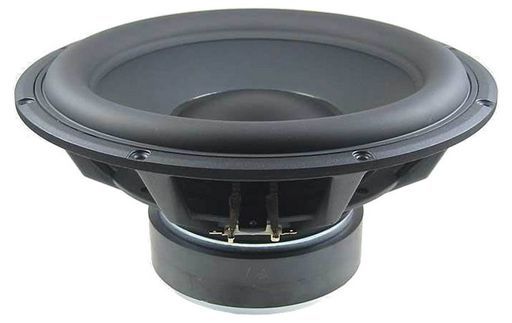- Thread Starter
- #21
Genelec 8030C.Oh okay, I understand now. Which active monitors did you purchase btw?
Well, apart from those very attractive Dayton subs, none of these have balanced in and high passed balanced low level outs. But yeah, I do know that you pay a lot for quality in that market; the JBL LSR310S going for $299 at times in the US shows that the value thing isn't always one-sided, though.If you're adamant on using a studio subwoofer, I would look no further than the Genelec's, however, you should know that you could get far more subwoofer for your money.
The Genelec being indestructible and a nice, small analogue all-in-one solution is a bit too attractive for people with enough money, I guess.
I'll probably try my hand at a DIY sub once I've already secured a good one.

